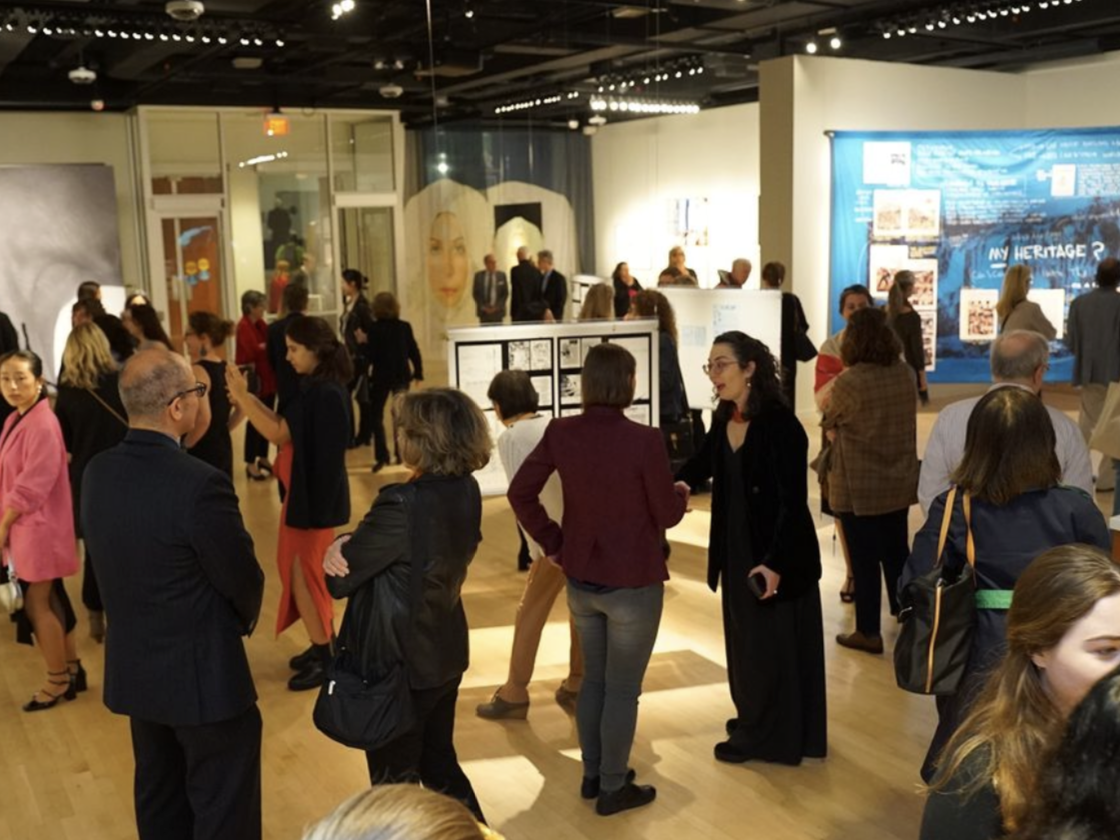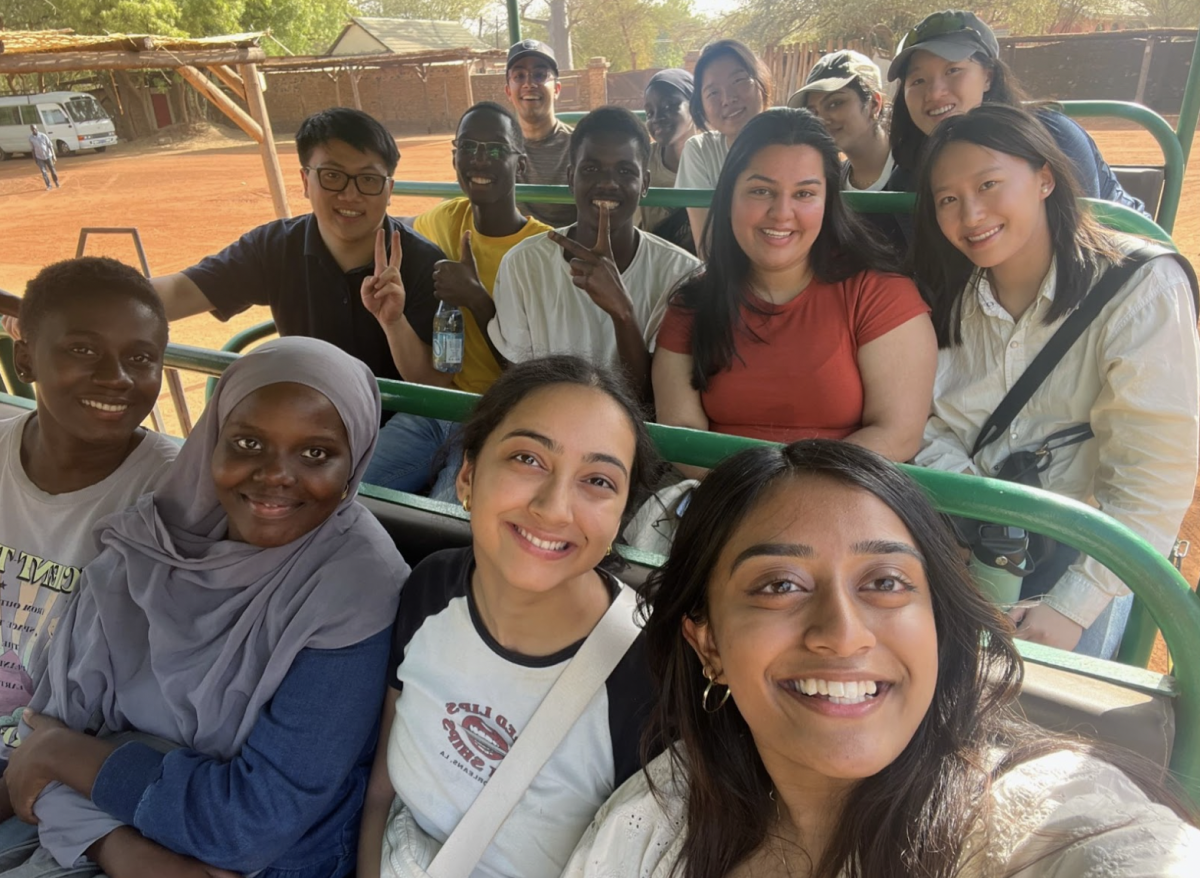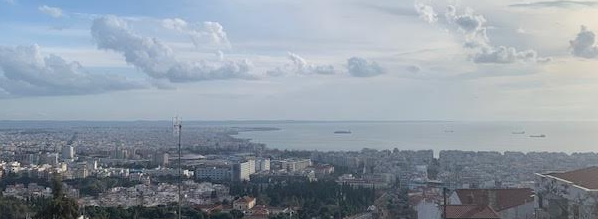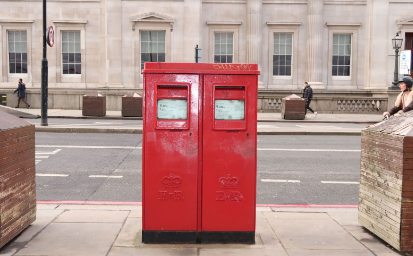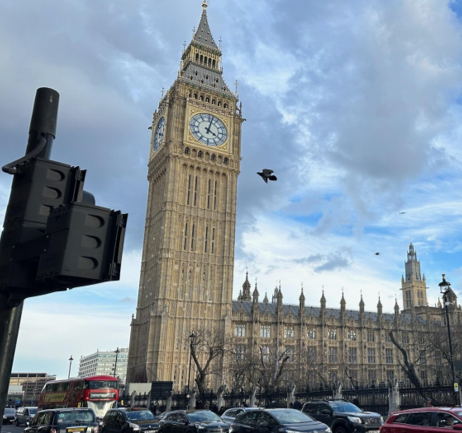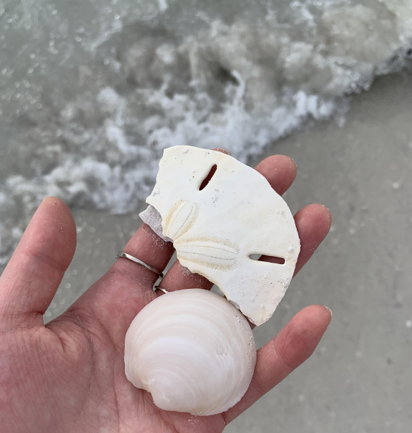A new exhibit that focuses on themes of social justice through the lens of historical transparency within Italy opened in the Maria and Alberto De La Cruz Art Gallery on Jan. 26.
The Georgetown University Art Galleries and the Italian Cultural Institute of Washington have collaborated to present the new exhibit, titled “Confluences: Intersectional Visions of Italy.” The entire exhibit flows together using a technique inspired by the idea of “hydrofeminism,” which involves seeing all artworks as bodies of water moving together as one interconnected piece. “Confluences” cannot be defined by a single art form, as it includes mixed media installations, fabrics, collages and videography.
As a whole, the exhibition aims to use a variety of mediums to illustrate messages about identity, specifically how race, class and gender work together to change communal perceptions of the world. Through the lens of Italian heritage and history, curator Ilaria Conti has focused on attempting to change the way social justice is presented in our society.
“For me, my passions with this exhibit were to bring certain messages and certain critical essences out to the public in a way that is different from politics or newspapers,” Conti said.
From the moment guests enter the gallery, they are met with a sequence of fabrics printed with a series of Italian phrases. Upon further inspection, they are shawls reminiscent of the artist Maria Adele Del Vecchio’s upbringing in southern Italy, evoking the family ties she grew up with.
Their inscriptions connect this upbringing with phrases such as “heed the night,” a reference to Toni Morrison’s 2003 novel “Love” whose characters undergo the daily struggle of women to navigate the complexities of their own identity.
Del Vecchio said, in this region, shawls are worn as a protective layer for women.
“As protection from the cold and the male gaze, or the divine, the handkerchief, the headscarf, is an intimate accessory,” Del Vecchio said in her description of the piece.
One of the most attention-grabbing pieces is a bright blue fabric collage of handwritten phrases and historical photos stretching over twenty feet long, part of a mixed-media installation titled “My Heritage?” by Alessandra Ferrini.
This piece chronologizes Italian history during the 20th century and the experiences of those who endured the brutal dictatorship under Benito Mussolini. Ferrini uses news clippings and photographs to discuss the themes of colonialism and oppression which altered the history of Italy during this period.
Originally developed for the Casa d’Italia, a historic building in Marseille, France, the series of pieces aim to undercut the fascist history within the architecture by drawing attention to the complexities of events such as the Abyssinian Crisis and the resulting Italian occupation of Ethiopia.
“The installation is a personal musing on heritage as historical responsibility, based on a self-reflective process,” Ferrini said in a description of the piece. The theme is ever-present in her work, which is intended to combat the cultural amnesia that becomes common in the wake of political and social persecution.
The exhibition transforms heritage from an abstraction to a duty as the eye-catching piece forces the viewer to truly comprehend the intersectionality of memory and history during the 20th century.
Tucked away into a separate room of the gallery, the video “Oblio,” which translates to “Oblivion,” is playing, a project artist Muna Mussie created. It opens with a fabric shroud, effectively making the women weaving barely visible to the viewer until their brightly colored thread pierces through the cloth.
This process is called an “anti-monument,” which was developed in Turin with the Association of Sub-Saharan and Second-Generation African Women, a refugee-led non-governmental organization. “Oblio” aims to respond to French scholar Ernest Renan’s essay, “What Is A Nation?” in which Renan argues that oblivion is essential to the creation of nationalism, which is rooted in the erasure of identities. Yet, the weavers in “Oblio” actively fight against this analysis, reclaiming the power of remembrance with every stitch.
Ana Aguilar (GRD ’24), a graduate intern with the gallery, said having platforms for artists to share their experiences and introspections through their artwork is important because it gives new perspectives to historical issues. Aguilar has described the experience as incredibly positive.
“It gives a chance to tell stories that aren’t always taken into consideration by giving voices to people who aren’t being heard and giving this space to acknowledging them,” Aguilar said.
These pieces, alongside the rest of the artwork within the exhibit, explore powerful themes about identity, oppression and power in the history of the Mediterranean. Art installations such as “Confluences” act as a way for contemporary artists to give life to complicated histories, prompting understanding on a new level for attendees.
The De La Cruz Art Gallery will continue to run “Confluences” through April 7. The complete list of featured artists is available on their website.


